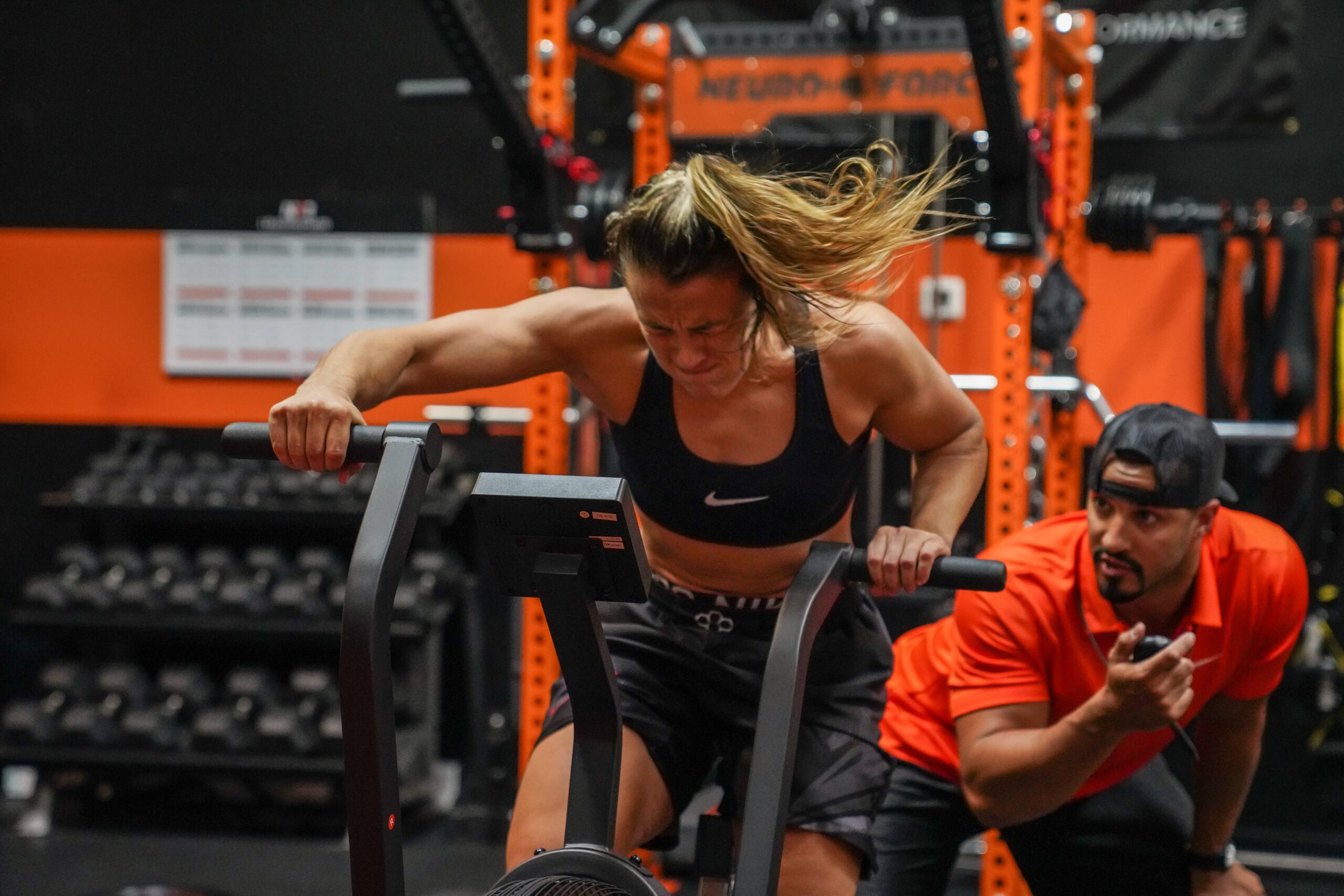
The Importance of “Readiness” in Elite Athlete Training.
We’ve all heard of the phrase “work smarter not harder”, but when it comes to training, we want to train smarter SO we can train harder. Let us explain.
When it comes to training smart on a day to day basis, we must not only have an effective program, but also listen to our bodies. Exercise is a form of stress put on the body in addition to other stressors we experience in daily life. These stressors cause our nervous system to respond in a certain way, and potentially inhibit positive effects of training if not monitored or recovered from properly. The autonomic nervous system (ANS) is split into two pathways which activate certain responses within the body. Your Sympathetic Nervous System (SNS) is activated in a fight or flight state during perceived danger or threat, however in our modern time this can be up-regulated due to high stress levels from life, training, poor diet, lack of sleep, and various other reasons. The Parasympathetic Nervous System (PNS) is known as your “rest & digest” pathway. When your PNS is activated, your body will restore itself to a state of calm, and place you in a “ready to perform” state. A way to monitor how ready you are to perform, is by measuring your Heart Rate Variability (HRV).
HRV refers to the amount of time between each heartbeat. Measured in milliseconds, it gives tremendous insight into the current state of your nervous system. A wearable that provides an accurate HRV score is basically giving you a personal snapshot of your autonomic nervous system on that day. Your HRV number is personal to you, and can tell you on a daily basis if you are ready to train hard, back off a bit, or rest and recover. This data is a useful way to track how your nervous system is not only reacting to training and your environment, but also your emotions, thoughts, and feelings. Training hard on a low HRV can make you much more susceptible to injury and illness, and can potentially work against your goals. However, having a lower HRV the next day after training isn’t necessarily bad, as it can be an indicator of the stress you put on your body in your previous day’s workout. By knowing your HRV on a daily and long term basis, you can accurately see trends in your “readiness” state. This helps give you a major leg up when it comes to proper recovery, training smart and utilizing your time. If your HRV is at baseline or higher, hit it hard! If it is lower than baseline then you should consider taking it easy or resting when it’s very low.
Here at NF1 we created our own “readiness score” for our in-house elite athlete training programs. This data allows us to adjust their program to the dynamic day to day changes in their bodies. It has allowed us to be efficient in the way we train our athletes and reduce the odds of injury. If you are interested in getting your own readiness score, you can find it in our new NF1 App, available on both Apple and Android phones.
